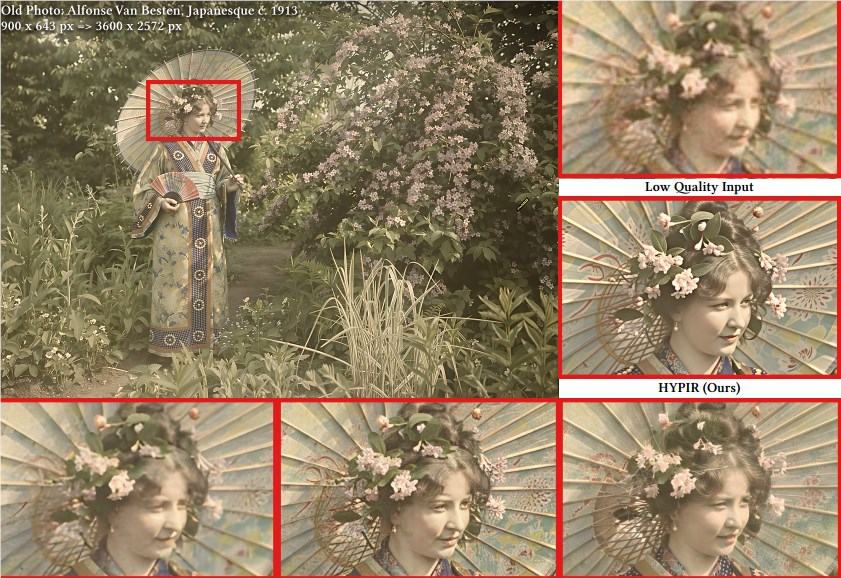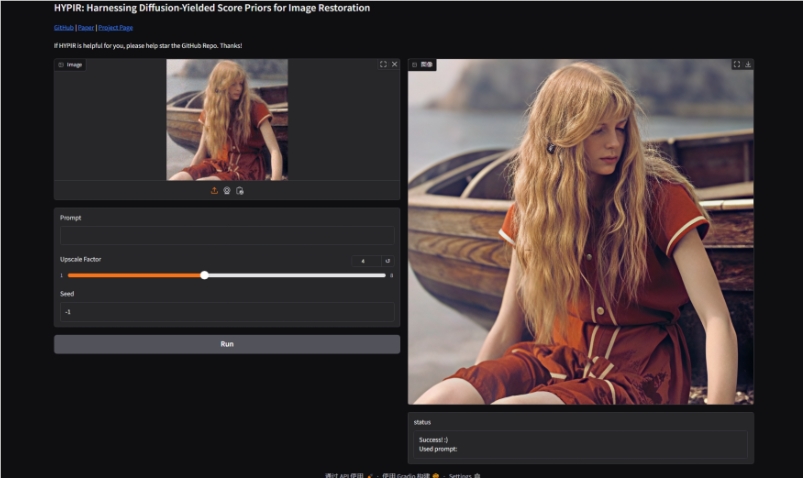HYPIR Model Revolutionizes Old Photo Restoration with 8K Clarity
Breakthrough in Image Restoration: HYPIR Delivers 8K Quality in Seconds
The Shenzhen Institute of Advanced Technology, part of the Chinese Academy of Sciences, has introduced a revolutionary large-scale image restoration model called HYPIR. This cutting-edge technology can restore photographs to 8K ultra-high-definition resolution in an astonishing 1.7 seconds, setting a new benchmark in the field of digital restoration.

Intelligent Processing Redefines Restoration Workflows
Unlike traditional image processing software that requires manual adjustments, HYPIR leverages advanced machine learning algorithms trained on massive datasets. This enables:
- Automated detail recovery without human intervention
- Precision restoration of complex visual elements
- Scalable processing for batch operations
The model's efficiency makes photo restoration accessible to both professionals and casual users, delivering museum-quality results through simple one-click operations.
Text Restoration: A Game-Changer for Historical Documents
HYPIR addresses a critical limitation in current restoration technologies - their poor performance with textual elements. Where conventional methods often produce:
- Blurred characters
- Distorted typography
- Unreadable content
The new model maintains exceptional text fidelity through:
- Specialized neural network architectures
- Context-aware reconstruction algorithms
- Multi-stage verification processes

Three Generations of Continuous Improvement
The current HYPIR model represents the third iteration of this technology, with significant enhancements over previous versions: | Version | Key Improvement | |---------|----------------| | 1.0 | Basic image reconstruction | | 2.0 | Enhanced detail preservation | | 3.0 | 8K output & text optimization |
Researchers anticipate further advancements as the technology evolves, potentially expanding into:
- Medical imaging enhancement
- Satellite photo reconstruction
- Forensic evidence analysis
The open-source nature of the project (available on GitHub) encourages global collaboration and accelerated development.
Key Points
- ⚡ 1.7-second processing enables rapid batch restoration workflows
- 🖼️ 8K resolution output preserves microscopic details invisible to the naked eye
- 📄 Text-specific algorithms maintain document integrity better than ever before
- 🔄 Continuous upgrades demonstrate the model's evolving capabilities
- 🌐 Open-source availability fosters community-driven improvements